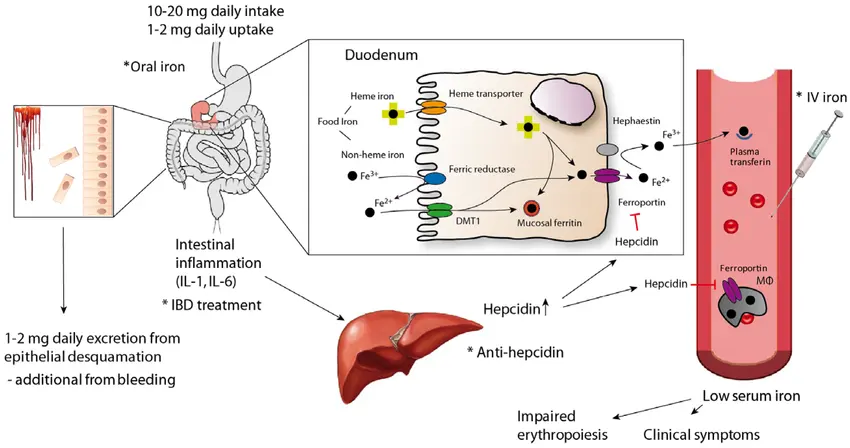Anemia: Pathophysiology, Diagnostic Approaches, and Advances in Treatment
Anemia is the cause of hospitalization for more than 10% of children in Abidjan and 12% of total mortality...
80% of tropical anemias are either deficiency anemias or hemoglobinopathies . It should not be forgotten that anemia often has several causes.
Epidemiology:
Anemia is a pathology that meets a precise definition: a decrease in hemoglobin concentration below 110 g/l in women, 120 g/l in men, and 110 g/l in children until puberty.
The etiologies, consequences, cytological aspects, and treatment are different, so it is essential to be able to differentiate them.
Clinic:
Anemic syndrome:
Asthenia, weakness, excessive fatigability, tachycardia (100/min), palpitations, dyspnea on exertion, polypnea, cutaneous and mucosal pallor, fever, systolic murmur, functional flow murmur, headaches, dizziness, sensation of ringing in the earsEvolution: serious without treatment.
Collection and processing of the sample
Venous blood sampling on EDTA . First, the hemoglobin is measured , the red blood cells are counted , the hematocrit is measured and the erythrocyte constants are calculated . A blood smear is also taken and observed to determine the morphology of the red blood cells .
Additional tests:
Leukocyte count , serum iron level , blood count , reticulocyte count. In the case of hemolytic anemia, a bilirubin level can also be measured.
Classification of anemias:
Anemias are classified according to erythrocyte indices. However, multifactorial anemia (iron AND folate deficiency for example) may give normal constants.
Type of anemia | Cause |
Normocytaire, normochrome |
Certain hemolytic anemias : G6PD deficiency, sickle cell disease , abnormal hemoglobins , taking medication. |
Microcytaire, normochrome |
|
Microcytaire, hypochrome |
|
Macrocytaires |
|
